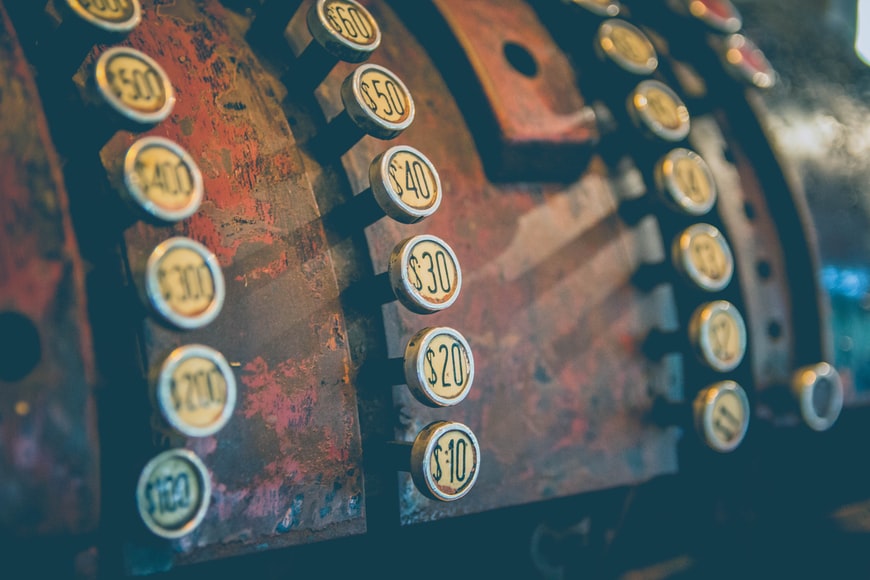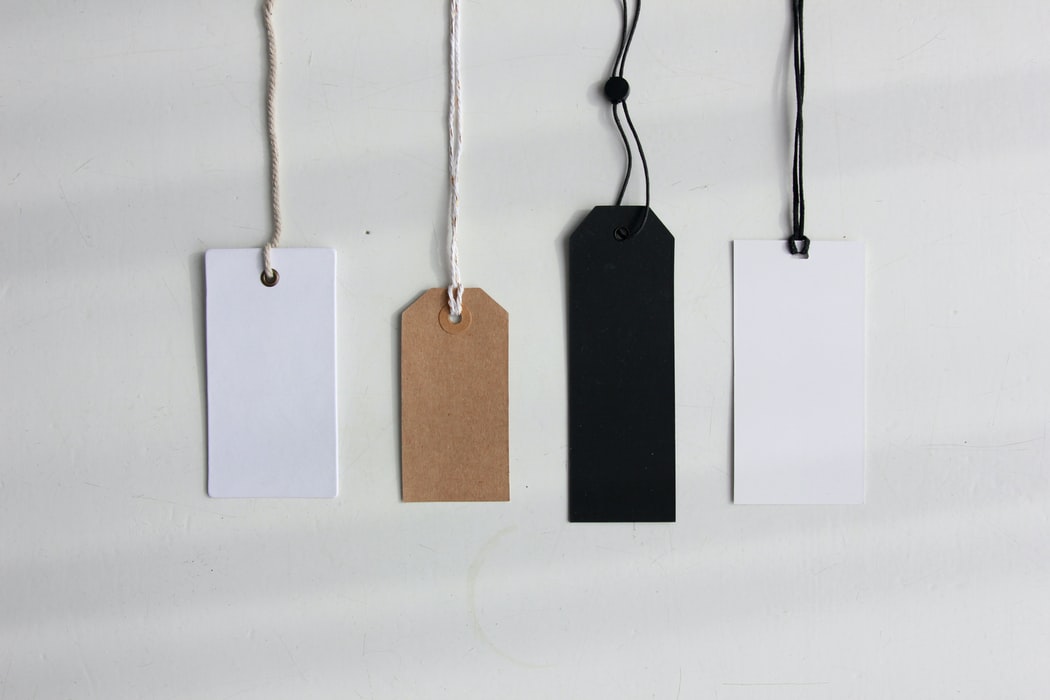How to Run a Pricing Experiment and Why They're Necessary
 As I’ve discussed in earlier blog posts, the importance of finding the right price for your product or service cannot be overstated. Too low of a price, and you will be missing out on sweet revenue. But, if the price is too high, prospective buyers will turn towards your competition. Experimenting is a great way to see if you can charge more and increase your revenue for good. However, caution needs to be taken. Experimenting with pricing could cause confusion, frustration, and disappointment among your customers and prospective customers. For instance, someone could check your prices, then tell their coworker or boss about this price. Then, if the coworker or boss checks and sees a different price, it could reflect badly on your business.
As I’ve discussed in earlier blog posts, the importance of finding the right price for your product or service cannot be overstated. Too low of a price, and you will be missing out on sweet revenue. But, if the price is too high, prospective buyers will turn towards your competition. Experimenting is a great way to see if you can charge more and increase your revenue for good. However, caution needs to be taken. Experimenting with pricing could cause confusion, frustration, and disappointment among your customers and prospective customers. For instance, someone could check your prices, then tell their coworker or boss about this price. Then, if the coworker or boss checks and sees a different price, it could reflect badly on your business.
So, do not go about A/B testing on your prices as you do with your marketing efforts because they are definitely not the same. There are several best practices that I will go over that any business needs to follow, so that you can experiment with prices without confusing and losing customers. Note that this experiment will need to run long enough in order to get a statistically significant amount of people to determine if the price change is successful in increasing revenue.
Step 1: Choosing What to Experiment
If you are already using the tier pricing model, which I recommend for many businesses, then this pricing experiment will work with a few adjustments to your pricing method. For this experiment, choose a tier and divide it into two. You will want these tiers to appear different but actually be very similar in pricing. The reason you will want to do this is because you do not want to A/B test a single product with price. As mentioned before this can cause confusion and frustration that may negatively affect your business. Instead you will want to discreetly create an extra service or product tier.
Take your middle tier, because that should be your most popular tier, if you followed the pricing tier method correctly, and create a sub tier. The product needs to be as similar as possible to the original in order for this experiment to be accurate and effective. Take for example, a meal prep subscription service. Their middle tier offers 3 boxes of 2 meals per week. In total that is 6 meals. As their alternative middle tier, they offer 2 boxes with 3 meals per week, which in total is also 6 meals. Both of these options will not appear. But instead, each person who visits your website will see either one of these options at the two different price points. Taking this extra step will preserve your brand name and reputation while also providing you an opportunity to accurately A/B test your price. This process will likely take weeks if not months, in order to gain enough statistically significant evidence for a reasonable price change.
Step 2: How to Set Your A/B Prices.
Next, and perhaps most critically, you will need to pick 2 price points for your product. These price points will determine the two alternatives for your pricing and help you decide if your business would benefit from raising your prices. I suggest, to keep your original middle tier the exact same, and adjust your new alternative middle tier to be between 25-50% higher. Depending on the original price, this may not seem all that significant, but remember your middle tier always needs to be lower than your top, premium tier price. So, you cannot get too eager with raising the price all at once. If you are looking for a very significant price increase for your business, then I would suggest repeating this experiment several times. This may take a while, but testing your price in this more methodical manner.
Step 3: Collecting the Data and Assessing
The last step, but probably the most important step is collecting the data and assessing the results of your experiment. Making an incorrect assessment will be a waste of the time and effort put into this experiment and cost your business revenue if you choose the wrong price for your product. Remember what you are trying to determine is very simple: which price produces the maximum revenue. All you need to determine this is by finding the product tier that produced the most revenue for you over the course of the experiment. While it may seem obvious, many marketers and business owners have made the mistake of choosing the price with the most purchases. They are not the same. Customers will naturally buy the lower priced package at a higher rate, but this may not mean more revenue. If the higher price produces more revenue, even if less customers opted for it, you should definitely choose the higher price.
The assessment part of the experiment may be the easiest if your company already implements a CRM software such as HubSpot. HubSpot makes A/B testing easier, even from the beginning. It will also tell you which price got better results, so that you don’t have to depend on your subjective assessment. HubSpot can also tell you how long customers were on your pricing landing page, and how long it took them to decide to purchase a product. This will help you determine if customers are hesitant or excited about your prices.
Yes, A/B pricing experiments are long, challenging, and even a little risky but they are absolutely necessary. A/B testing is the only way to truly know if you are charging the best price possible for your product. Pricing, is a key component to marketing, sales, and product development strategy. Of course you will need to take risks and invest resources into such a vital intersection of your business.
st content here…
Share this
You May Also Like
These Related Stories

Establishing Pricing Tier Based Buyer Personas

Conducting a Pricing Evaluation



